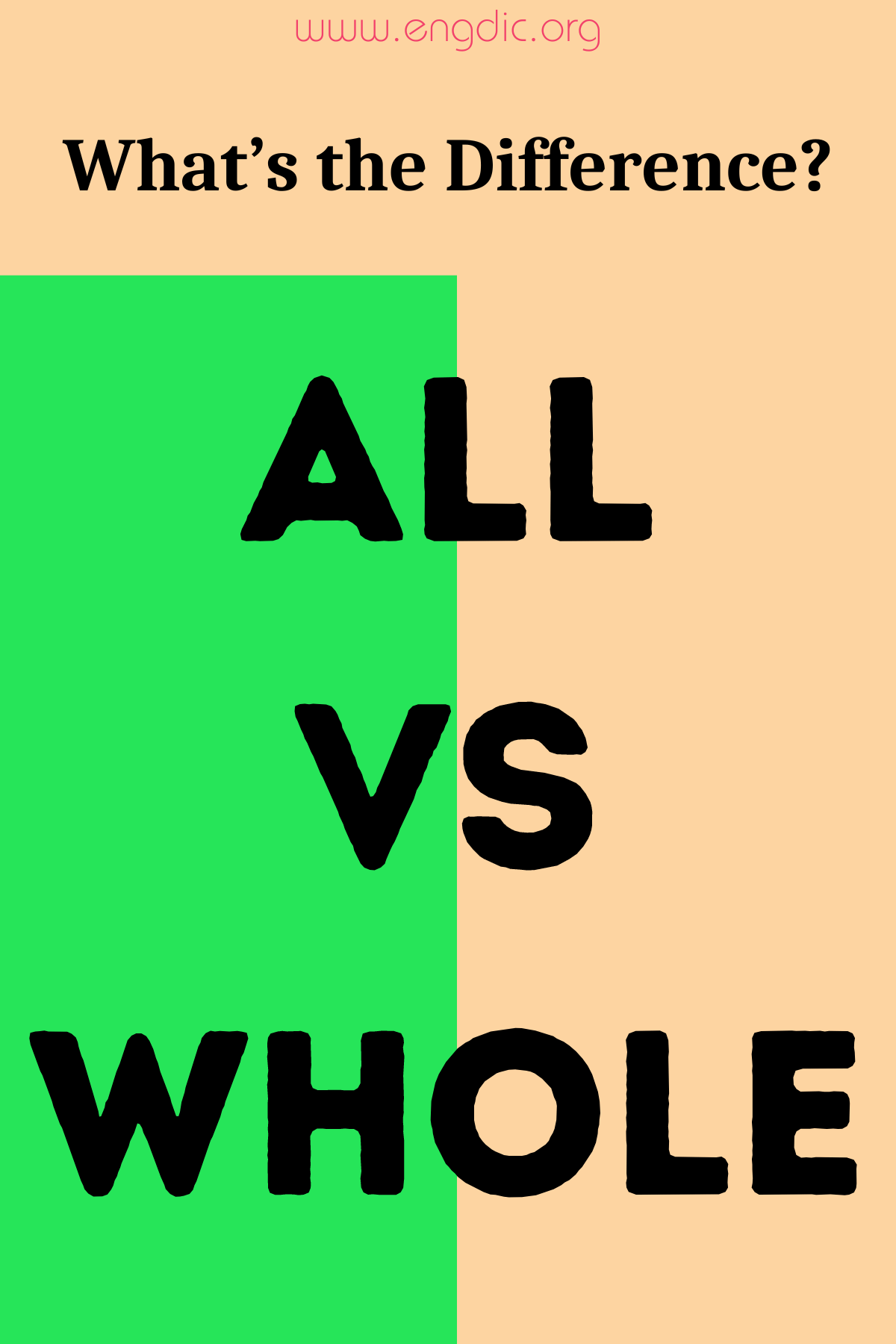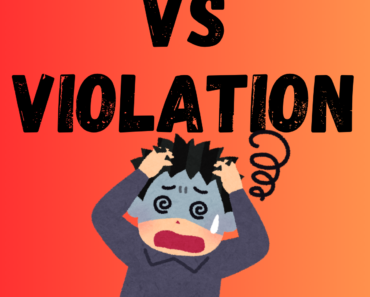Understanding the distinction between “all” and “whole” is crucial for proper language use. Both terms imply completeness, but they are used in different contexts.
“All” refers to every part or individual member of a group, often used to emphasize quantity within a group or collection. In contrast, “whole” emphasizes the entirety of a single item or entity, focusing on its completeness as a single unit. The correct usage depends on whether you’re referring to collective elements or a single entity’s entirety.
All
Definition: “All” is used to refer to the entirety of a group, category, or quantity, indicating inclusion without exception. Usage and Examples:
- Quantifying Groups: When quantifying and referring to every member of a group without exclusion.
- Example: “All students must submit their assignments by Friday.”
- Generalizing: Used for making general statements that apply to every case or instance.
- Example: “All dogs are loyal.”
- With Collective Nouns: Often used with collective nouns to emphasize the complete entity.
- Example: “All of the jury agreed on the verdict.”
Whole
Definition: “Whole” refers to something complete in itself, without missing parts, typically emphasizing the entirety of a single object or entity. Usage and Examples:
- Emphasizing Completeness: Used to emphasize that nothing has been left out of a single entity.
- Example: “She ate the whole pie by herself.”
- With Singular Nouns: Commonly used with singular nouns to highlight the completeness of one item.
- Example: “The whole city celebrated the victory.”
- Synonym for Entire: Often synonymous with “entire,” stressing total completeness.
- Example: “We spent the whole day cleaning.”
By choosing between “all” and “whole” based on these distinctions, you can more accurately convey your message whether you’re discussing parts of a group or the entirety of an individual item.







